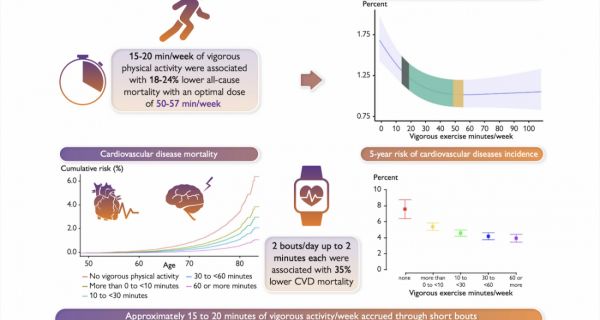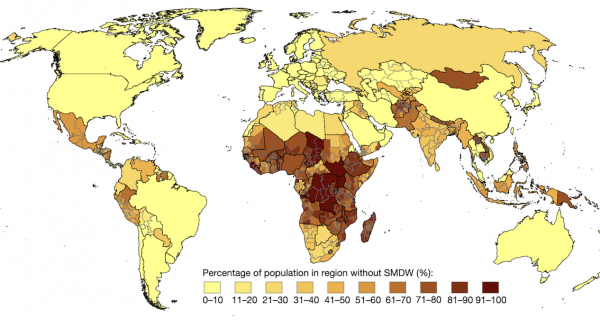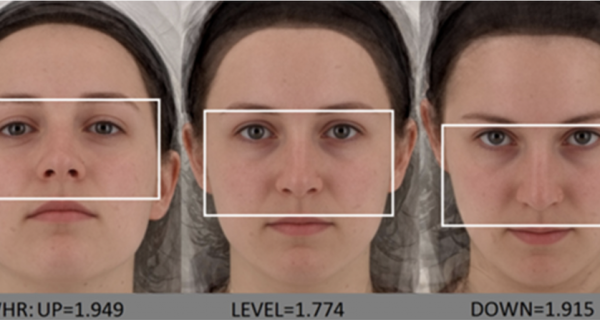Breathing in Danger: Long-Term Exposure to Air Pollution Increases Risk of Cardiovascular Events
People exposed to fine particulate air pollution have an increased risk of experiencing a heart attack or dying from coronary heart disease, a new study finds

Air pollution is a major public health concern worldwide. Fine particulate matter air pollution, also referred to as PM2.5, has been linked to a variety of health problems, including cardiovascular disease. However, there is controversy surrounding whether the current National Ambient Air Quality Standard for PM2.5 is protective enough.
A recent retrospective cohort study conducted by Kaiser Permanente Northern California aimed to evaluate the associations between long-term exposure to PM2.5 and cardiovascular events. The study included 3.7 million adults who were followed for up to 10 years and had no prior stroke or acute myocardial infarction. The participants lived in Northern California for at least 1 year and had individual-level time-varying 1-year mean PM2.5 exposures updated monthly from baseline through the end of follow-up, accounting for address changes.
The study found that long-term exposure to PM2.5 was associated with an increased risk of incident acute myocardial infarction (AMI), ischemic heart disease mortality (IHD), and cardiovascular disease (CVD) mortality. Specifically, a 10μg/m3 increase in 1-year mean PM2.5 was associated with a 12% increased risk of incident acute myocardial infarction, a 21% increased risk of ischemic heart disease mortality, and an 8% increased risk of cardiovascular disease mortality.
“We found that people exposed to fine particulate air pollution have an increased risk of experiencing a heart attack or dying from coronary heart disease — even when those exposure levels are at or below our current U.S. air quality standards,” said lead author Stacey E. Alexeeff, PhD, a research scientist and biostatistician at the Kaiser Permanente Division of Research.
Interestingly, the study also found that PM2.5 exposure at moderate concentrations (10.0 to 11.9μg/m3) was associated with increased risks of incident heart attack and IHD mortality compared with low concentrations (less than 8 μg/m3).
These findings suggest that the current regulatory standard for PM2.5 is not sufficiently protective. The study’s results add to the growing body of evidence that air pollution is a significant risk factor for cardiovascular disease and highlight the need for more stringent air quality standards.
Reducing exposure to PM2.5 requires a multi-faceted approach, including regulations and policies to reduce emissions from transportation, industry, and power plants. Individual actions such as reducing vehicle use and increasing the use of public transportation and active transportation modes like walking and cycling can also help reduce exposure to air pollution.
As the authors conclude, this study’s findings emphasize the importance of addressing air pollution as a public health concern and highlight the need for more stringent air quality standards to protect people from the harmful effects of air pollution.


































































